SureSmile Clear Aligners Rocky Hill
Discover Straighter Teeth with SureSmile Clear Aligners
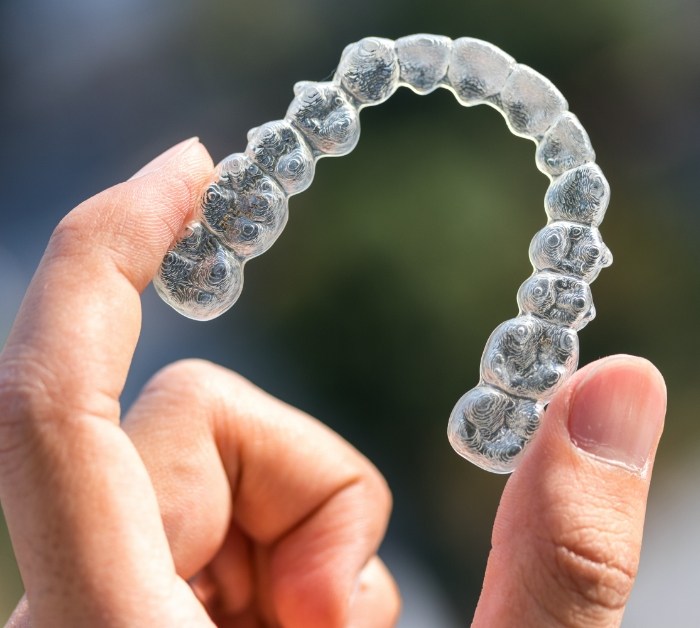
Maybe you weren’t able to wear braces in high school. Maybe you were, but your teeth have become crooked again in the years since. Either way, the last thing you want to do is sacrifice your professional appearance by wearing metal braces for years. Fortunately, that’s no longer your only option for fixing crooked teeth. Now, you can straighten your smile the easy way with SureSmile clear braces. Thanks to this system of removable, see-through aligners, SureSmile in Rocky Hill has allowed countless adults and teenagers to enjoy straighter teeth without the people around them even noticing! If you’re interested in learning more, please contact Dental Essentials of Rocky Hill today to schedule a consultation with Dr. Karpman.
Why Choose Dental Essentials of Rocky Hill for SureSmile Clear Aligners?
- Preview Your Results with Virtual Smile Design Technology
- Down-to-Earth Dentist
- Insurance Accepted & Low- to No-Interest Dental Financing Available
How SureSmile Works
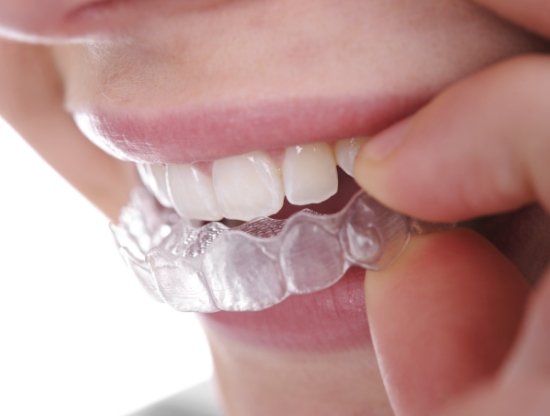
Instead of threading an archwire through metal brackets on each of your teeth, SureSmile uses a series of clear plastic trays to align your pearly whites. Each set of aligners – which you’ll wear for 20-22 hours a day – is designed to shift a small section of your smile at a time. After a few weeks, you’ll switch to the next set of aligners until your entire grin is perfectly uniform. Over the course of your treatment, you’ll visit your dentist in Rocky Hill for brief checkups to pick up your next few pairs of aligners and ensure your treatment is progressing as planned.
Issues That SureSmile Can Fix

Believe it or not, SureSmile can correct many of the same orthodontic issues that braces can, including:
Crowded Teeth
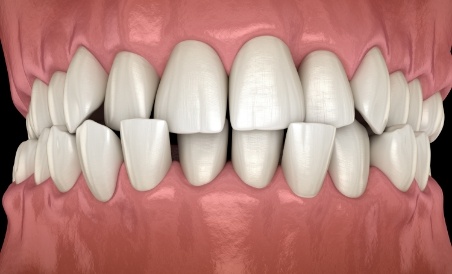
Brushing and flossing can be difficult when your teeth are too close together. As a result, you may have a higher risk for tooth decay and gum disease. Luckily, SureSmile can gradually shift your teeth into more ideal positions to make cleaning your teeth easier and more effective.
Gaps Between Teeth
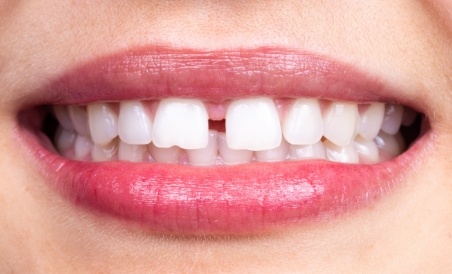
Not only are noticeable spaces between teeth considered conventionally unattractive, but they may also have oral health consequences. Pieces of food can get trapped in these gaps and attract harmful bacteria that lead to decay, infections, and more. SureSmile can be an excellent way to even out the spaces between your teeth and create a healthier, more confident grin.
Bite Misalignment
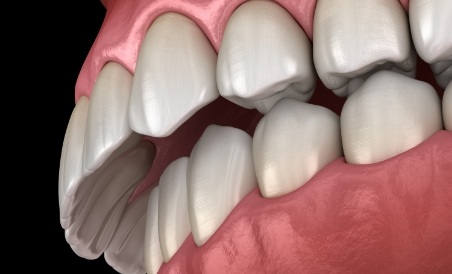
If your upper and lower teeth don’t come together properly, then your temporomandibular joint (TMJ), which connects your jawbone to your skull, may be exposed to great pressure. There’s a chance you could develop TMJ disorder as well as a habit of grinding your teeth and clenching your jaw. SureSmile can correct mild to moderate cases of overbite, underbite, crossbite, and other bite alignment problems.
The Benefits of SureSmile

With all of the advantages that this treatment provides, it’s no wonder why SureSmile remains more popular than metal braces. Some of the benefits of SureSmile that you can look forward to include:
- Seamless appearance – Unless someone around you knows that you’re going through SureSmile treatment, your aligners should be virtually undetectable.
- Convenience – You can remove the aligners whenever you want to eat, drink, and clean your teeth. This means there are no dietary restrictions as there are with braces, and oral hygiene is as simple as it has always been.
- Comfort – Metal braces notoriously irritate the gums, cheeks, tongue, and lips with their sharp wires and brackets. SureSmile, on the other hand, is made from smooth plastic for maximum comfort.
- Faster results – The average treatment time for SureSmile is 6 to 18 months, while braces often take two to three full years to accomplish the same results.
Living with SureSmile Aligners

Since SureSmile has skyrocketed in popularity over the last few years, there’s a good chance that you already know quite a bit about it, including that the aligners are basically invisible. But do you know what your day-to-day life will look like? If not, that’s okay – this next section is for you!
Wearing Your Trays
Naturally, your aligners won’t work if you don’t wear them. That’s why patients are asked to keep theirs on for a minimum of 20 hours a day. Toward the beginning of your orthodontic treatment, this will require some effort, so we recommend using the stopwatch on your phone as a guide. Once you find a routine that works for you, meeting the daily wear time goal will become second nature.
Cleaning Your Aligners
In addition to taking great care of your smile, you need to take great care of your aligners. Don’t worry – you don’t need any special or expensive cleaning products to keep them in pristine condition. Simply rinse them with clean, cool water when you take them off. Then, before you put them back on, use a soft-bristle toothbrush and clear, mild dishwashing liquid to gently remove debris from the surface.
Tip: If your aligners start to develop a yellow hue or an unpleasant odor, don’t use bleach, toothpaste, or mouthwash to clean them. Instead, soak them in a dentist-approved cleaning solution for 15 minutes or so each night.
Eating & Drinking
Since SureSmile aligners are removable, you don’t have to worry about abiding by a long list of dietary restrictions. In fact, there’s really only one rule when it comes to eating and drinking: you need to remove your trays first (unless it’s water). Outside of that, just exercise caution with crunchy foods, like raw carrots, and limit your intake of ice cream, lollipops, soda, and other sugary treats.
Losing or Damaging a Tray
It’s important to incorporate healthy habits into your routine, like placing your aligners in their designated case anytime you aren’t wearing them, to reduce the chances of them getting lost or broken. With that said, accidents sometimes happen. If you find yourself in either situation, the best thing to do is call our Rocky Hill dental team so we can determine how to get you back on track with your treatment plan.
Attending Progress Visits
Last, but definitely not least, you need to visit Dr. Julia Karpman every 6-8 weeks so she can monitor the movement of your teeth. If you’re on track with your treatment plan, then she can provide you with the next several sets of aligners in the series and schedule your next progress visit. Of course, if you aren’t on track, then she will need to determine why that is as well as what adjustments need to be made to your treatment plan.
Understanding the Cost of SureSmile
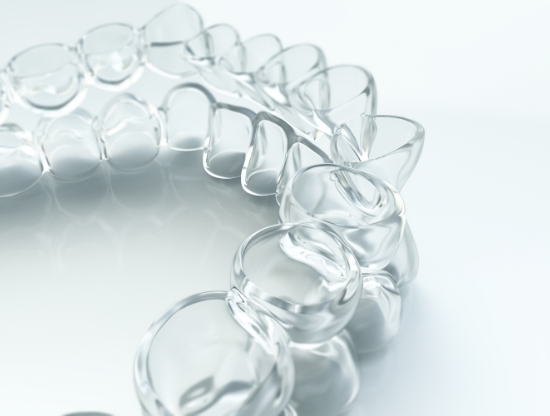
Due to the customizable nature of clear aligner treatment, it’s practically impossible for us to give you an accurate estimate of the cost without completing an exam. Don’t worry, though – the price is usually comparable to that of braces, and we can give you a number at your consultation. If you want to learn more about the cost of SureSmile in Rocky Hill in the meantime, feel free to read on!
Factors That Affect the Cost of SureSmile
At your consultation, we will determine:
- If any preliminary treatments are needed, like gum disease therapy
- How many aligners need to be made
- If you’re a good candidate for single-arch treatment
- The type of retainer you need
Once we have all of this information, we can begin working on your custom treatment plan and provide you with an estimate of the price. We will also discuss what you can do (and what you should avoid) to prevent added costs and frustrating delays.
SureSmile vs. Mail-In Aligners: Which Costs More?
Almost always, mail-in aligners are cheaper. There are a few reasons for this, including that they rely on DIY impressions and usually skip the consultation entirely. Although this saves patients money upfront, they often end up spending all of their “savings” and more later to correct worsened misalignment and dental injuries. For that reason, we strongly advise against these alternatives. Even though professional treatments like SureSmile require a higher upfront investment, it’s well worth it.
Does Dental Insurance Cover SureSmile?
If you are insured, there’s a chance that dental insurance will cover a portion of the cost of your orthodontic treatment. Ultimately, the best way to find out is by reviewing the fine print on your plan! Since we accept plans from several popular providers, including Anthem and Cigna, we can also help make the process of understanding and utilizing your benefits simple. The first step? Providing us with your membership information!
Options for Making SureSmile Affordable
What if you don’t have dental insurance? Does that mean you’re stuck paying for the cost of SureSmile in one lump sum? Thanks to CareCredit, the answer is “no.” This trusted third-party financier offers convenient payment plans so you can break up the total price into smaller, more manageable chunks. Plus, many of their options have little-to-no interest attached, making this financial solution even better! If you’d like further details, including where to sign up, don’t hesitate to give a friendly member of our team a call.
Is SureSmile Better Than Invisalign?
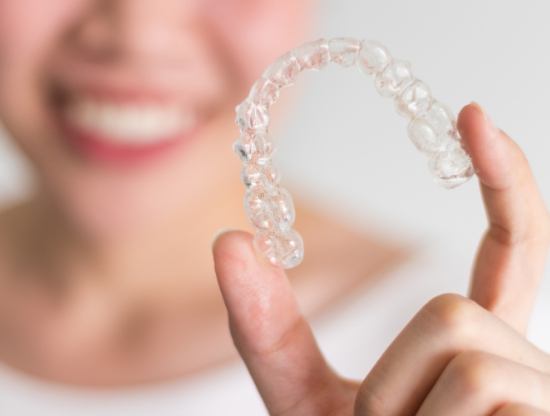
Although the two types of clear aligner systems are similar, certain differences make SureSmile a better option than Invisalign, including:
- Faster treatment time, on average, is between 6 and 18 months, while Invisalign can take 12-18 months.
- SureSmile can be less than Invisalign when it comes to cost; however, this is dependent on various factors that will be determined during your consultation.
- The potential for fewer dental follow-up appointments.
SureSmile FAQs
Does SureSmile Hurt?
SureSmile is not a particularly painful or uncomfortable treatment. When you start wearing your aligners for the first time, you may notice a slight soreness that some may characterize as discomfort, but this goes away rather quickly as you adjust. Keep in mind that clear aligners are shifting your teeth, which means any pressure you feel is a sign that the treatment is working as intended. If you need additional help getting used to wearing your aligners, taking over-the-counter medication can be helpful. Use a cold compress as needed or simply drink a glass of iced water for fast and easy relief.
Is SureSmile Cheaper than Braces?
No two smiles are identical, which means depending on what needs to be corrected, you may need to pay more or less than the average treatment case. Keep in mind that specific variables and your commitment to wearing and caring for the aligners may affect how much you’ll need to pay. How your teeth react to treatment will also have an impact. Since SureSmile is less likely to be covered by insurance, it can be more expensive. Many patients, however, will note that the added convenience SureSmile provides makes it worth it. If you have dental insurance, double-check if your insurer offers coverage.
How Do I Clean My SureSmile Aligners?
SureSmile can be cleaned by using a soft-bristled toothbrush. By gently scrubbing the aligners with water and a basic appliance cleanser (such as those used for dentures), you can remove buildup and debris. Just make sure to never use hot water, as this can warp the plastic material. You’ll also want to brush your teeth after eating a meal and before wearing your aligners. This will minimize food and plaque buildup once you take the aligners back out.
Who Is Not Eligible for SureSmile?
If you have all of your full, permanent teeth and no existing dental disease that requires treatment, then you should be able to use SureSmile. This means patients as young as 13 years old can realign teeth through this option. However, there are instances where the bite is so misaligned that only traditional braces will effectively resolve it. If you smoke and are unable to stop ahead of wearing the aligners, you may want to consider other options, as the aligners can become permanently stained. If you have extra small, misshapen, or eroded teeth, aligners may not be right for you either.
